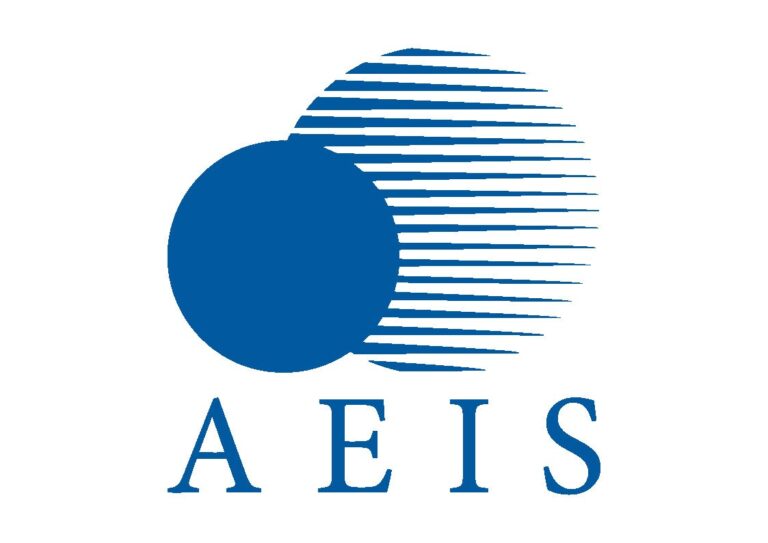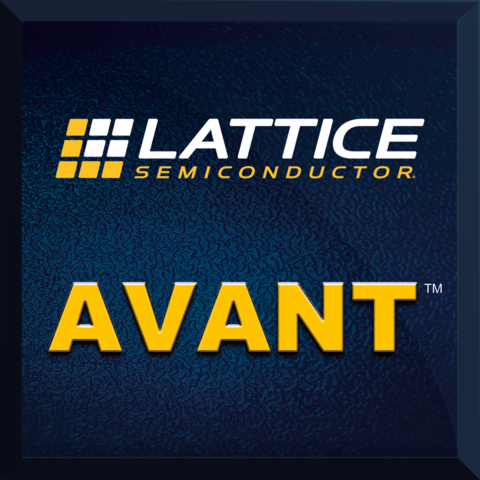Lattice Semiconductor (NASDAQ: LSCC), the low-power programmable leader, today unveiled Lattice Avant, a new FPGA platform purpose-built to bring the company’s power-efficient architecture, small size, and performance leadership to mid-range FPGAs. Lattice Avant offers best-in-class power efficiency, advanced connectivity, and optimized compute that enable Lattice to address an expanded set of customer applications across the Communications, Computing, Industrial, and Automotive markets.
“With Lattice Avant, we extend our low power leadership position in the FPGA industry and are poised to continue our rapid pace of innovation, while also doubling the addressable market for our product portfolio,” said Jim Anderson, President and CEO, Lattice Semiconductor. “We created Avant to address our customers’ need for compelling mid-range FPGA solutions, and we’re excited to help them accelerate their designs with new levels of power efficiency and performance.”
“Enormous amounts of data are being generated every day by billions of connected sensors, devices, and systems supported by AI algorithms, creating an accelerated need for intelligence at the Edge. This trend requires developers and OEMs to look for more flexible and adaptable solutions,” said Patrick Moorhead, CEO and Chief Analyst at Moor Insights & Strategy. “The introduction of Lattice Avant addresses this trend with its high-performance data processing capability where the need for innovation, efficiency, and flexibility is rapidly growing.”
Lattice Avant enables system and application developers to address important industry challenges around increases in technology connectedness and intelligence, the accelerating demand for innovation, and the growing need for efficiency and flexibility in system and application design. Combining its power-optimized programmable fabric, class-leading aggregate bandwidth, adaptable hardware acceleration, and expanded application support, Lattice Avant is built from the ground up for low-power FPGA leadership.
“We are proud to build on our history of power efficient innovation with the introduction of Lattice Avant by delivering breakthrough architectural advancements, features, and capabilities to address our customers’ needs across an expanded set of applications,” said Steve Douglass, Senior Vice President of R&D, Lattice Semiconductor. “Just as we’ve done with our Nexus platform, we have a strong and steady roadmap of future product introductions based on the Avant platform. To make designing with Lattice Avant FPGAs as easy as possible, Avant will be fully supported by our robust software tools and application-specific solution stacks.”
The Lattice Avant platform equips customers with:
- Power Efficiency
- Up to 2.5X lower power than similar class competitive devices helping system and application engineers achieve power and thermal design efficiencies, improve operating costs, and enhance reliability
- Performance
- Up to 2X faster throughput at lower power than similar class competitive devices delivers increased bandwidth and reduces links, system cost and size, while enabling datapath applications
- Form Factor
- Up to 6X smaller package size compared to similar class competitive devices enables size-efficient system designs
- Connectivity
- Combines configurable SERDES up to 25 Gbps, hardened support for PCIe® Gen 4, high-performance I/O, and high-speed memory interface support including LPDDR4 and DDR5
- Software Support
- Leverages existing, familiar Lattice software solutions including easy-to-use design tools, reference designs and SDKs, a broad IP portfolio, in addition to Lattice’s portfolio of application-specific solution stacks, to help customers achieve more efficient design development and faster go-to-market.
The Lattice Avant platform is architected for scalability that will enable the rapid development of multiple new device families, starting today with the launch of the Lattice Avant™-E FPGA family. Lattice Avant-E FPGAs are designed to solve key customer challenges at the Edge by combining class-leading power efficiency, size and performance with an optimized feature set tailored to the needs of Edge applications like data processing and AI.










